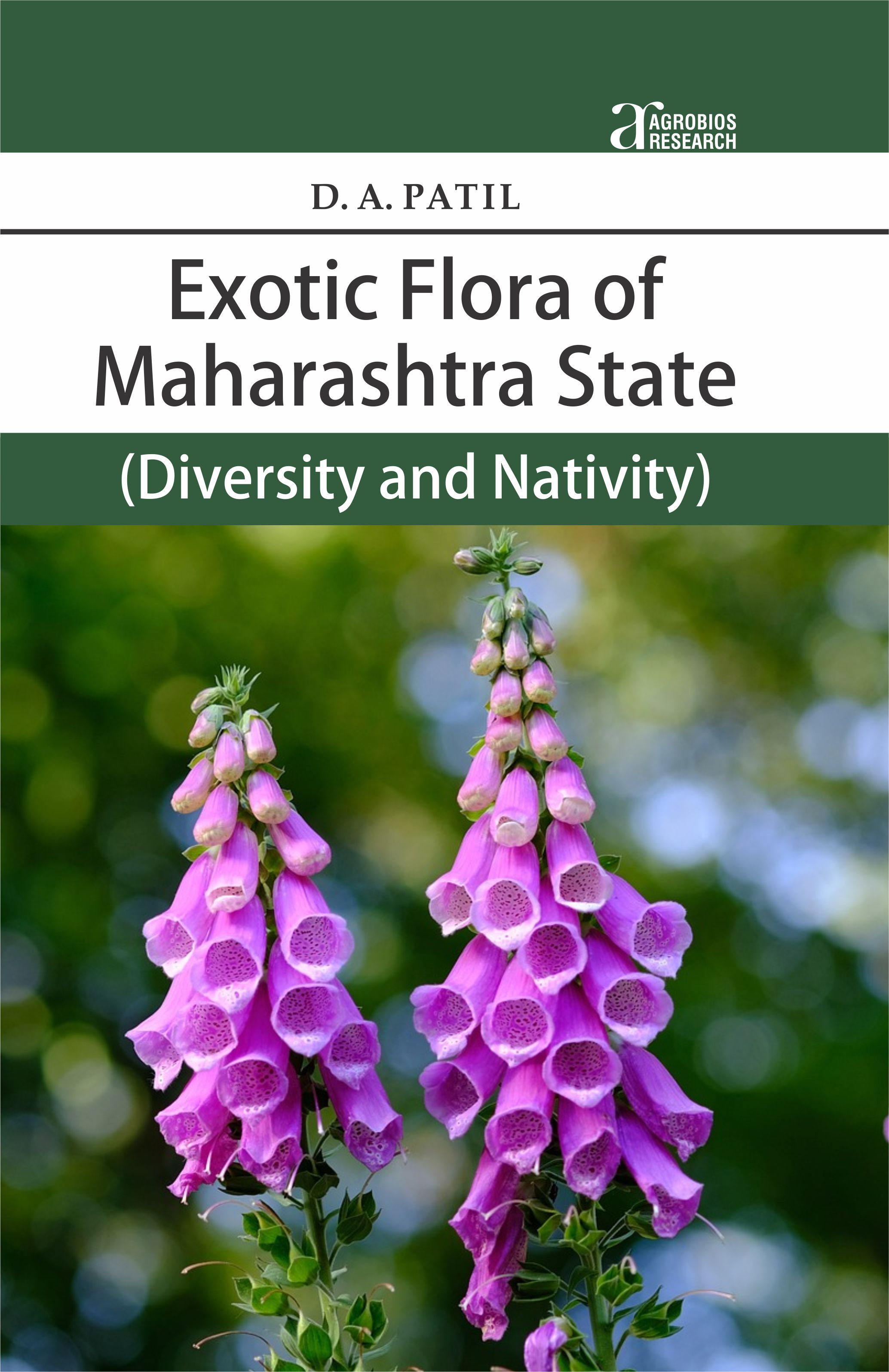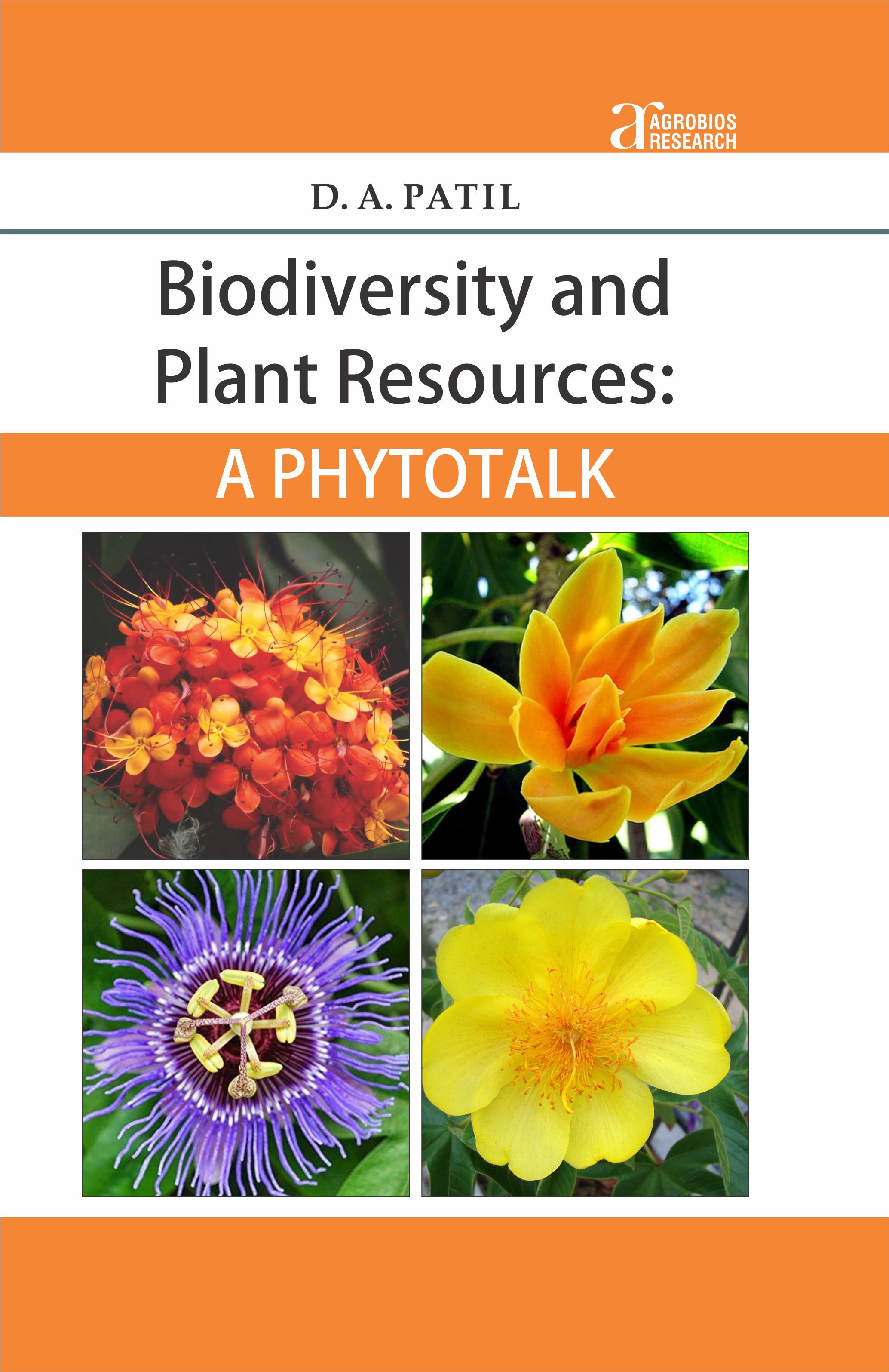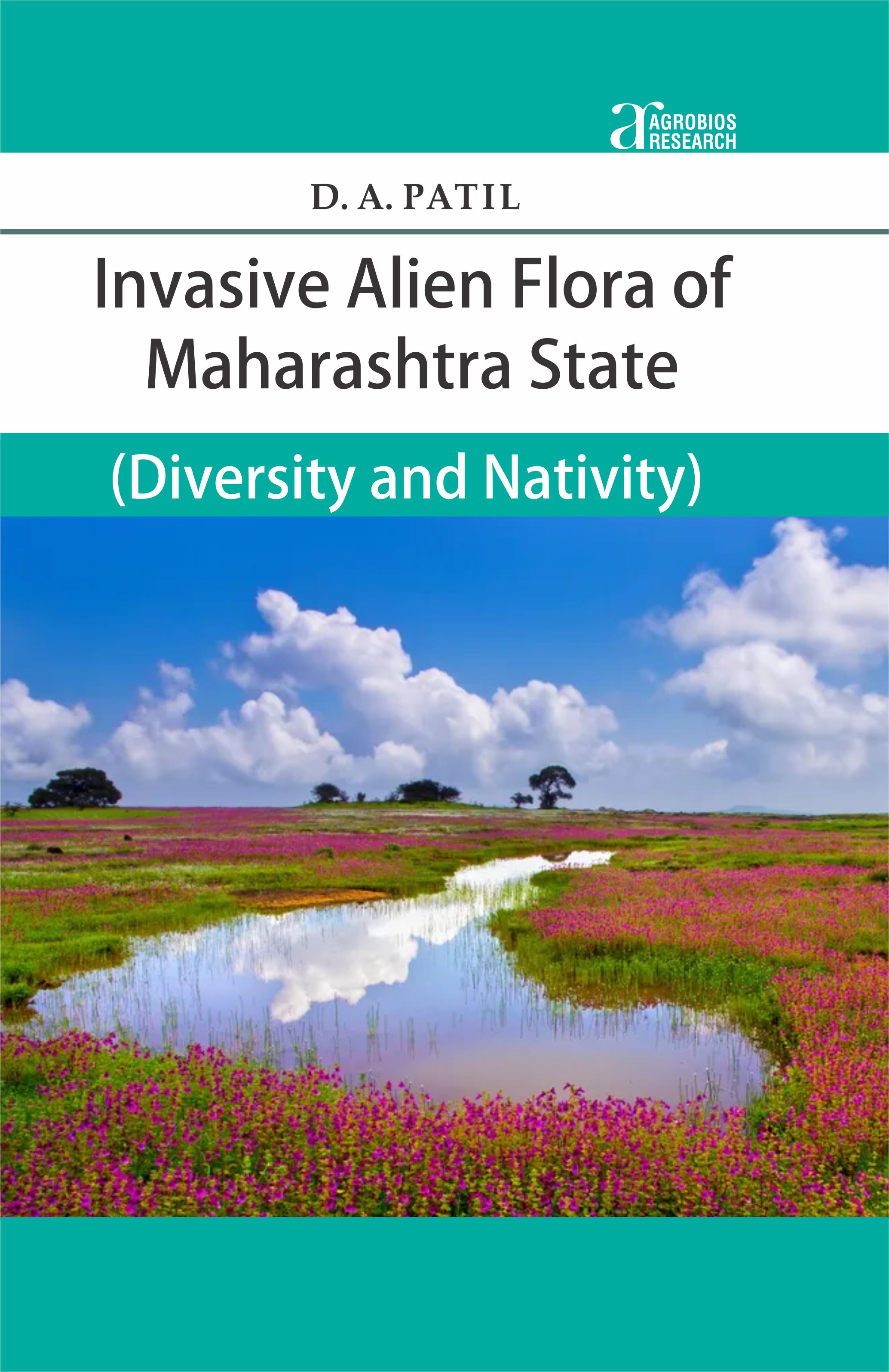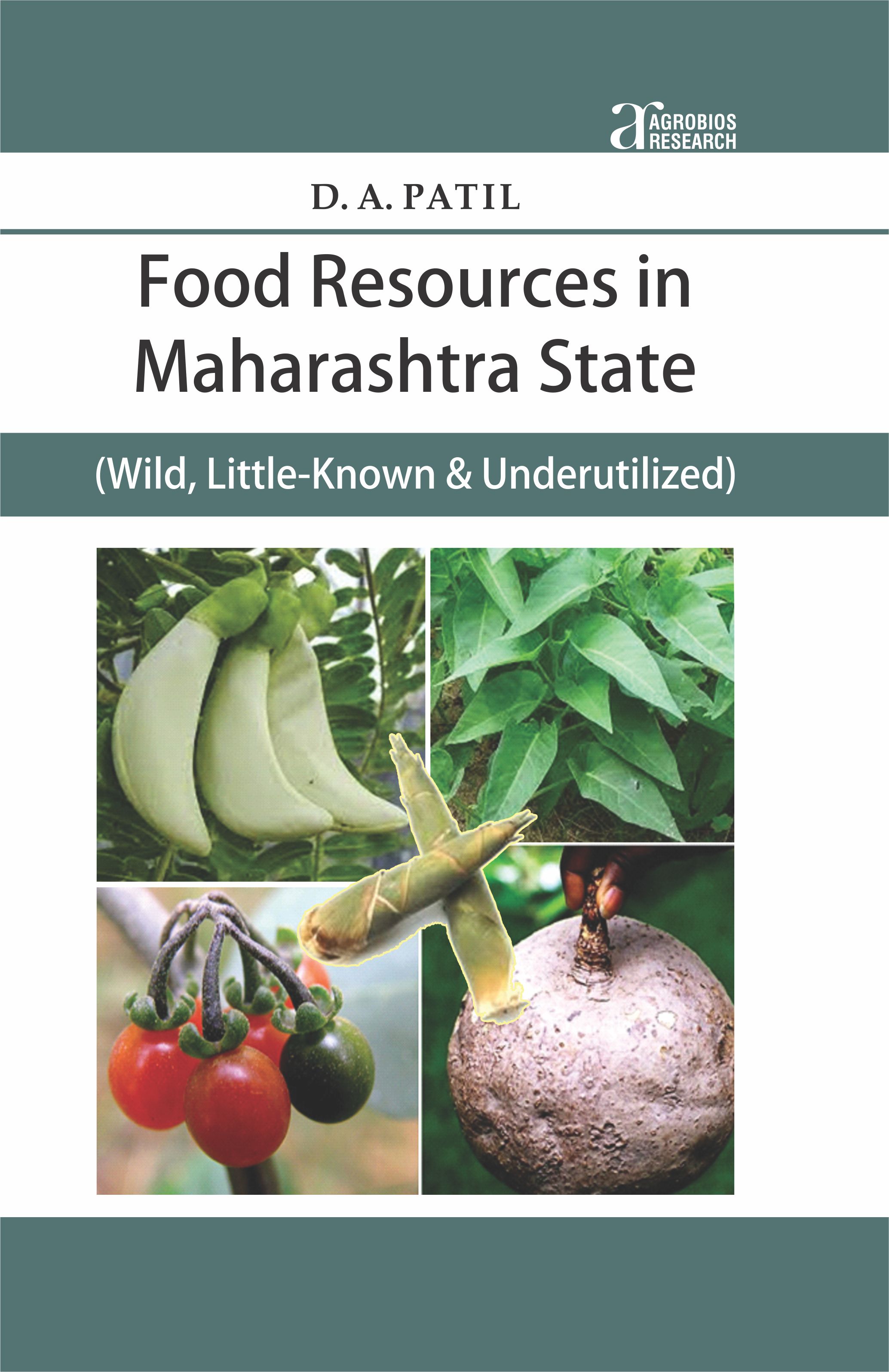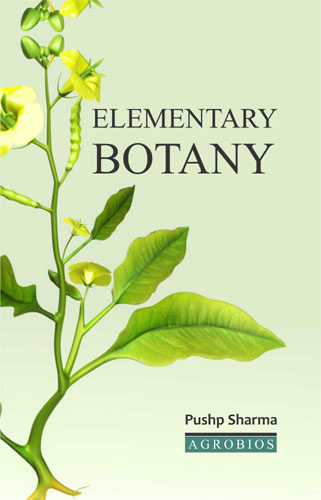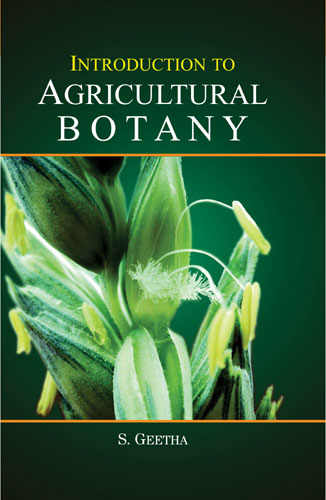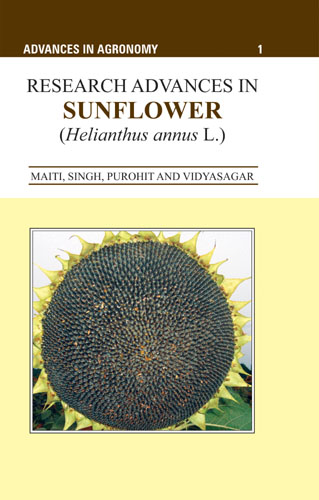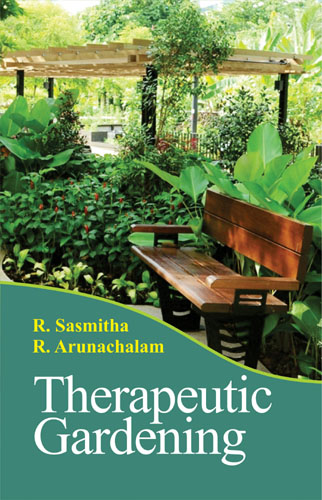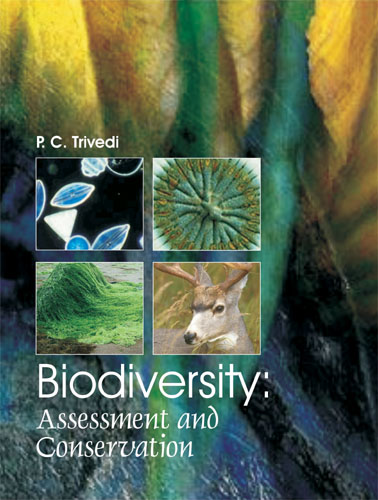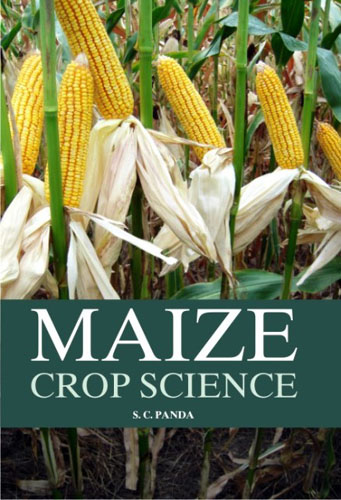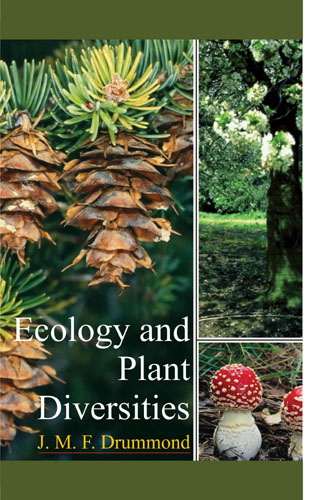Exotic Flora Of Maharashtra State: Diversity And Nativity
Biodiversity is a mainstay of mankind. Studies on, whether the indigenous or exotic plants, are crucial for functioning of all ecosystems and developments in all compartments of human concerns. Some salient features of this attempt are:
- It sheds more light on worldwide distribution of exotic plant species.
- It projects an inventory on 1433 exotic angiospermic species pertaining to 787 genera and 147 families.
- It contains information on both wild as well as cultigens.
- Occurrence of exotic species is supported by relevant past references and based on earlier recorded plant species.
- It informs phenological period, local name if any, invasive nature, besides brief phytography and critical notes wherever found essential.
- May this contribution inspire the learners and researchers in biodiversity studies, environmental science and for foresters, biodiversity managers, agriculturists and horticulturists.
- It is worth to note further that although this contribution is restricted to the present boundary of the state of Maharashtra, it is certainly useful to the learners and researchers in other states of India as these plant species also flourish outside Maharashtra State. This book will help address the problems of invasive species on entire Indian landmass.
- Few species once recorded but disappeared in the present area of occurrence are also included as a part of history of plant introduction vis-à-vis plant invasion (bioinvasion).
- In some cases, hard evidences of plant invasion on Indian landmass are provided particularly based on archaebotany and paleobotany. Few cases also appear as of pre-Columbian invasion on Indian landmass.
Dr. (Prof.) Patil DA
 555
555
Table of Contents..
Introduction
- Importance of Biodiversity
- Studies On Exotic Plants In India:
- State of Maharashtra
- History of Botanical Explorations In Maharashtra
- Plan of Work And Methodology Adopted
- Purpose Of The Work
- Statistical Analysis of Exotic Plants in Maharashtra
- Taxonomic Treatment
- Artificial Key To Families
- Group-I: (Thalamiflorae)
- Group-II: (Disciflorae)
- Group-III: (Calyciflorae)
- Group-IV: (Gamopetalae)
- Group-V: (Monochlamydeae)
- Group-VI: (Monocotyledons)
Systematic Enumeration
- Ranunculaceae Juss.
- Dilleniaceae Salisb.
- Magnoliaceae Juss.
- Annonaceae Juss.
- Menispermaceae Juss.
- Nymphaeaceae Salisb.
- Papaveraceae Juss.
- Fumariaceae A.L. Marquis
- Brassicaceae Burn.
- Capparidaceae Juss.
- Resedaceae S.F.Gray
- Violaceae Batsch.
- Bixaceae Endl.
- Flacourtiaceae DC.
- Caryophyllaceae Juss.
- Portulacaceae Juss.
- Tamaricaceae S.F.Gray
- Elatinaceae Dumortier
- Clusiaceae Lindl.
- Theaceae D.Don
- Malvaceae Juss.
- Bombacaceae Kunth.
- Sterculiaceae Bartl.
- Tiliaceae Juss.
- Linaceae
- Erythroxylaceae Kunth.
- Malpighiaceae Juss.
- Zygophyllaceae R.Br.
- Geraniaceae Juss.
- Averrhoaceae Hutch.
- Oxalidaceae R.Br.
- Tropaeolaceae A. DC.
- Balsaminaceae Rich.
- Rutaceae Juss.
- Simaroubaceae DC.
- Balanitaceae Endl.
- Ochnaceae DC.
- Burseraceae Kunth
- Meliaceae Juss.
- Celastraceae R.Br.
- Rhamnaceae Juss.
- Vitaceae Juss.
- Leeaceae (DC.) Dumort.
- Sapindaceae Juss.
- Anacardiaceae Lindl.
- Moringaceae Dumort.
- Papilionaceae Giseke
- Caesalpiniaceae R.Br.
- Mimosaceae R.Br.
- Rosaceae Juss.
- Hydrangeaceae Dumort.
- Crassulaceae DC.
- Combretaceae R.Br.
- Myrtaceae Juss.
- Lecythidaceae Poir.
- Barringtoniaceae Rudolphi
- Lythraceae J.St.Hill.
- Punicaceae Horan.
- Onagraceae Juss.Trapaceae Dumortier
- Turneraceae DC.
- Pasifloraceae Juss.
- Caricaceae Dumort.
- Cucurbitaceae Juss.
- Begoniaceae C.A. Agardh
- Cactaceae Juss.
- Aizoaceae Rudolphi
- Molluginaceae Hutch.
- Apiaceae Lindl.
- Araliaceae Juss.
- Caprifoliaceae Juss.
- Rubiaceae Juss.
- Asteraceae Dumort.
- Goodeniaceae R.Br.
- Campanulaceae Juss.
- Plumbaginaceae Juss.
- Primulaceae Vent.
- Myrsinaceae R.Br.
- Sapotaceae Juss.
- Ebenaceae Gurke
- Oleaceae Hoffm. ex Link.
- Apocynaceae Juss.
- Asclepiadaceae R.Br.
- Buddlejaceae Wilhem
- Gentianaceae Juss.
- Polemoniaceae Juss.
- Boraginaceae Juss.
- Convolvulaceae Juss.
- Cuscutaceae Dumort.
- Solanaceae Juss.
- Scrophulariaceae Juss.
- Gesneriaceae Dumort.
- Bignoniaceae Juss.
- Pedaliaceae R.Br.
- Martyniaceae Stapf.
- Acanthaceae Juss.
- Verbenaceae J.St. Hill.
- Lamiaceae Lindl.
- Plantaginaceae Juss.
- Nyctaginaceae Juss.
- Amaranthaceae Juss.
- Chenopodiaceae Vent.
- Basellaceae Moq.-Tand.
- Phytolaccaceae R.Br.
- Polygonaceae Juss.
- Aristolochiaceae Juss.
- Myristicaceae R.Br.
- Lauraceae Juss.
- Proteaceae Juss.
- Piperaceae J.Agardh
- Loranthaceae Juss.
- Euphorbiaceae Juss.
- Ulmaceae Mirbel
- Urticaceae Juss.
- Cannabaceae Endl.
- Moraceae Link.
- Casuarinaceae R.Br.
- Ceratophyllaceae S.F.Gray
- Hydrocharitaceae Juss.
- Orchidaceae Juss.
- Zingiberaceae Lindl.
- Marantaceae Peter.
- Cannaceae Juss.
- Heliconiaceae (Endl.) Nak.
- Strelitziaceae Hutch.
- Bromeliaceae Juss.
- Iridaceae Juss.
- Amaryllidaceae J.St.Hill
- Agavaceae Endl.
- Dioscoreaceae R.Br.
- Liliaceae Juss.
- Pontederiaceae K.Kunth.
- Cyclanthaceae Dumort.
- Commelinaceae R.Br.
- Juncaceae Juss.
- Arecaceae Sch.-Sch.
- Pandanaceae R.Br.
- Typhaceae Juss.
- Araceae Juss.
- Lemnaceae S.F.Gray
- Alismataceae Vent.
- Potamogetonaceae Dumort.
- Zannicheliaceae Dumort.
- Najadaceae Juss.
- Eriocaulaceae Desv.
- Cyperaceae Juss.
- Poaceae J.H. Barnhart
References
Table of Contents..
Book Details
Book Title:
Exotic Flora Of Maharashtra State: Diversity And Nativity
Exotic Flora Of Maharashtra State: Diversity And Nativity
Book Type:
REFERENCE BOOK
REFERENCE BOOK
No Of Pages:
536
536
Color Pages :
0
0
Color Pages :
0
0
Book Size:
AMERICAN ROYAL (6X9)
AMERICAN ROYAL (6X9)
Weight:
0 Gms
0 Gms
Copyright Holder:
All Rights Reserved
All Rights Reserved
Imprint:
M/s AGROBIOS RESEARCH
M/s AGROBIOS RESEARCH
Readership:
EXTENSION WORKERS | FIELD WORKERS | PG STUDENTS | SCIENTISTS AND RESEARCHERS |
EXTENSION WORKERS | FIELD WORKERS | PG STUDENTS | SCIENTISTS AND RESEARCHERS |



